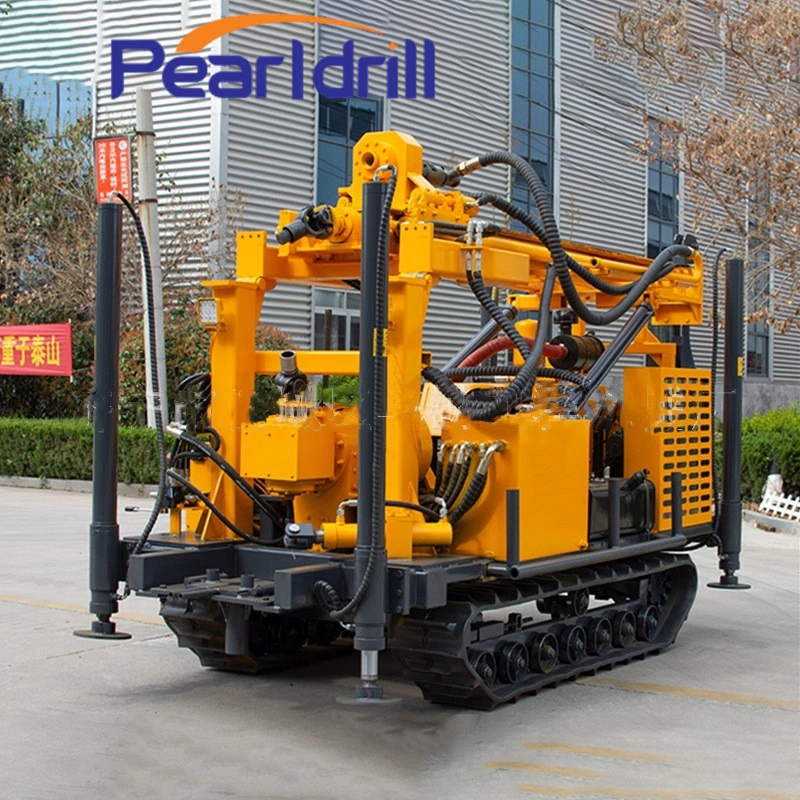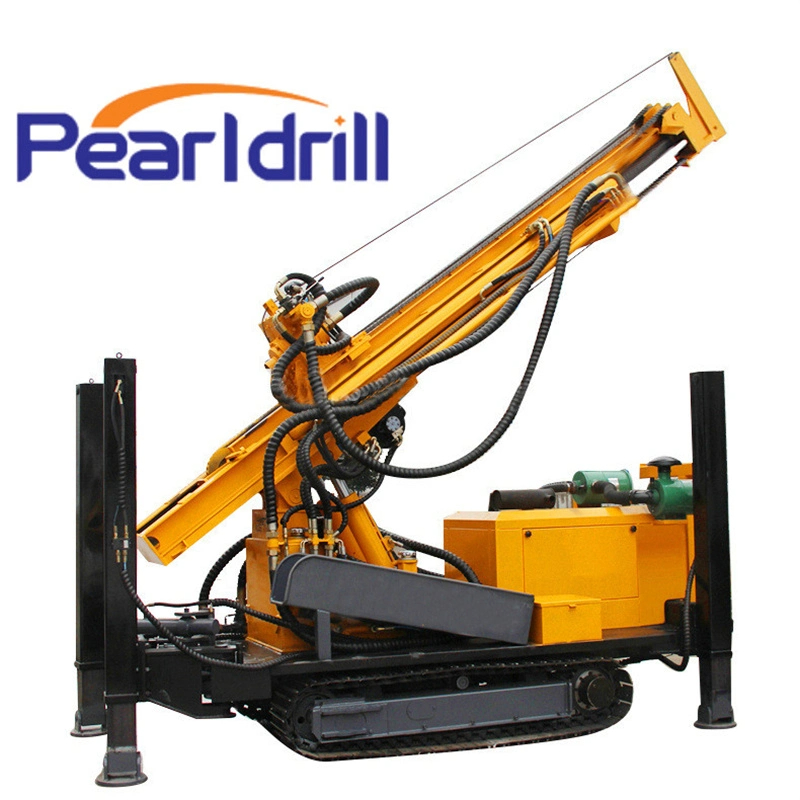How to Extend the Lifespan of Used Water Well Drilling Rigs in 2025
In today's world, where cost-effectiveness and sustainability are key, making sure your used water well Drilling Rig runs efficiently in 2025 and beyond is absolutely vital. While buying used equipment saves money upfront, the investment you make in maintenance and upkeep is what truly determines its lifespan and your return on investment.

Meticulous Maintenance and Upkeep
1. Build a Complete Maintenance History
Documentation First: Keep a detailed record—a complete "health file"—of every inspection, repair, part replacement, and lubrication job. This lets your team accurately track potential issues and focus on preventative maintenance instead of crisis management.
Data-Driven Decisions: Track and record the usage hours and wear data for major components like the power head, hydraulic pumps, and wire ropes. This helps you predict their remaining life so you can plan replacements in advance and avoid sudden downtime.
2. The Lubrication System: Your Rig's Lifeline
Standardize Oil Changes: Strictly follow the manufacturer's or supplier's recommendations for changing hydraulic, gear, and engine oil. For used equipment, you should consider shortening these intervals and performing oil analysis to check for contaminants and wear particles.
Key Areas: Make sure all lubrication points—especially the critical load-bearing and moving parts like power head bearings and mast slides—get the right amount of the correct lubricant.
3. Thorough Daily Cleaning and Corrosion Control
Remove Contaminants: At the end of every workday, you must thoroughly clean off all mud, cuttings, and dust from the rig's surface. Pay extra attention to the hydraulic components, radiator, and electrical connections.
Focus on Rust Prevention: Regularly inspect and treat any peeling paint or rusty areas. Promptly touch up with anti-corrosion paint to protect the steel structure, especially around the water tanks and drill pipe storage areas.
Upgrades and Technical Innovation
1. Upgrading Key Components
Hydraulic System Optimization: Newer hydraulic pumps and valve groups are more efficient and less prone to failure. Consider replacing old, heavily worn pumps, motors, and seals to improve the rig's overall performance and responsiveness.
Boost Power System Efficiency: If the original diesel engine is severely aging or has poor fuel economy, think about upgrading to a more energy-efficient engine that meets modern emission standards. This not only extends the rig's life but significantly cuts operating costs.
2. Introducing Modern Monitoring Technology
Smart Sensors: Install simple temperature, pressure, and vibration sensors to monitor the real-time status of the hydraulic system, engine, and power head. Connecting this data to a basic digital display or alarm system is a huge step toward data-driven maintenance.
Remote Diagnostics (Optional): For higher-value used rigs, you could consider adding GPS and a simple remote diagnostic module. This allows for remote fault alerts and reduces time spent on on-site troubleshooting.

Standardized Operation and Operator Training
1. Establish Standard Operating Procedures (SOPs)
Stop "Rough" Operations: Develop detailed SOPs for startup, drilling, tripping out, and shutdown. Emphasize smooth operation and avoid harsh practices like sudden pressure application, quick braking, or overloading. Crucially, avoid the heavy shock loads that rough tripping-out can put on the power head and drill tools.
Drill Tool Management: Standardize the connecting and disconnecting of drill tools. Make sure threads are clean and lubricated, and avoid over-tightening or excessive wear. Proper management of your tools is key to protecting the main machine.
2. Regular Skills Training
Deepen Understanding: Routinely train your operators on the rig's structure, hydraulic principles, and basic fault-finding. The better they understand the equipment, the faster they can spot and fix small issues before they become major problems.
Conclusion:
Extending the life of a used water well drilling rig is a systematic engineering project. It requires a commitment to meticulous maintenance, strategic key technical upgrades to meet modern demands, and disciplined, standardized operation with continuous training. By implementing these forward-thinking maintenance strategies, you can ensure that in 2025 and beyond, your used rig will be revitalized and continue to create value for your business.
To learn more about Chinese water well drill rigs, click the link and contact us.
Contact us

